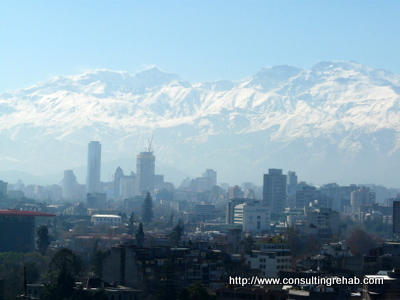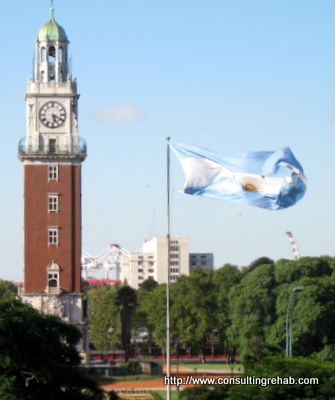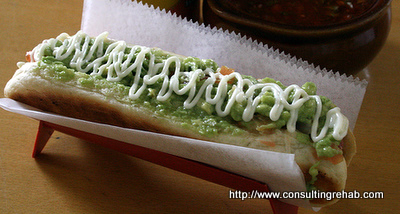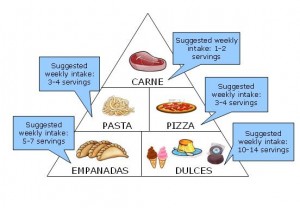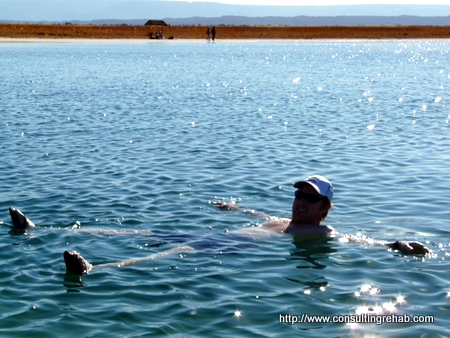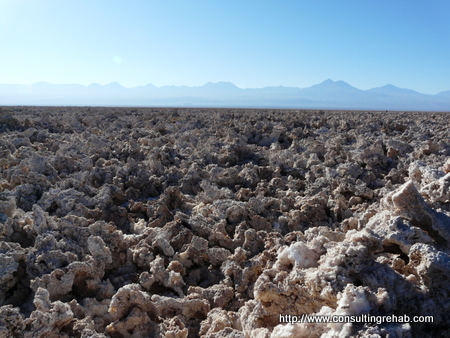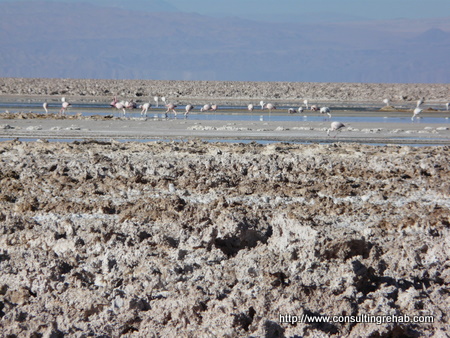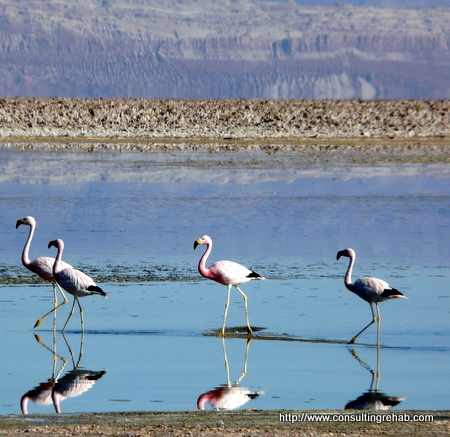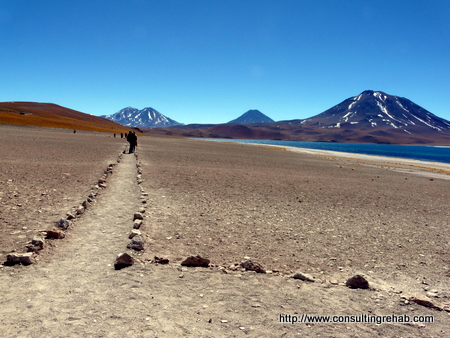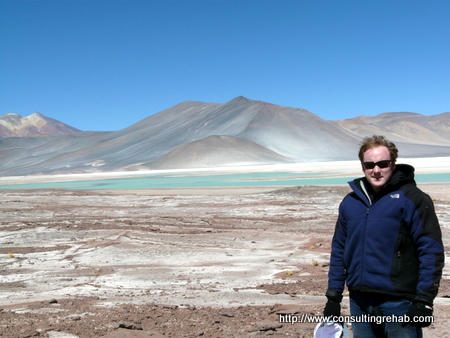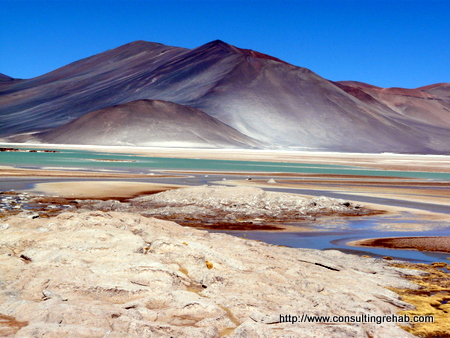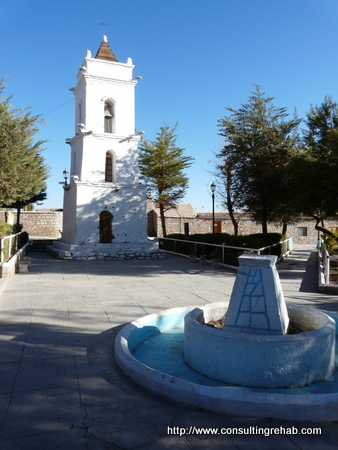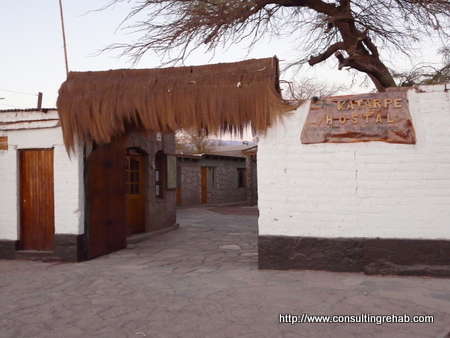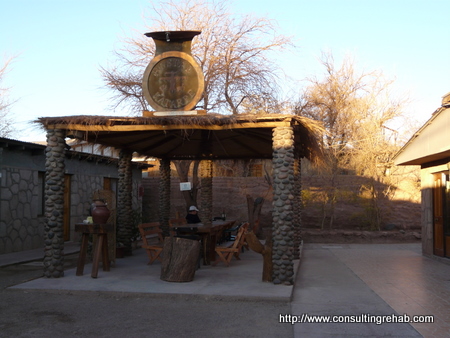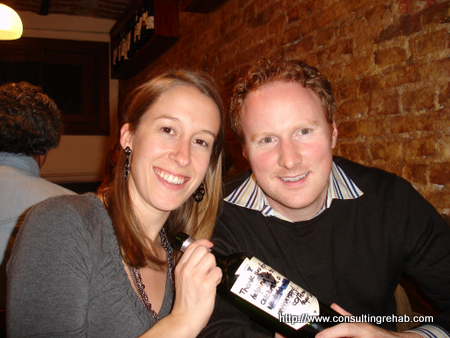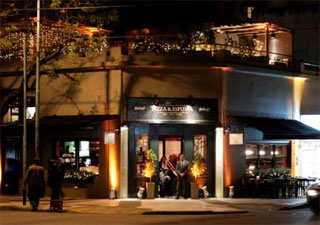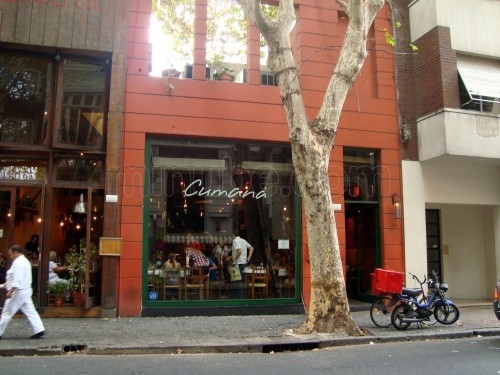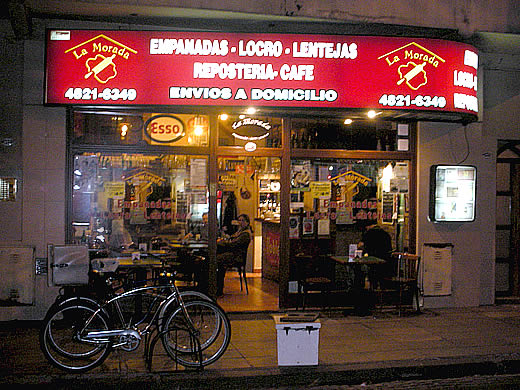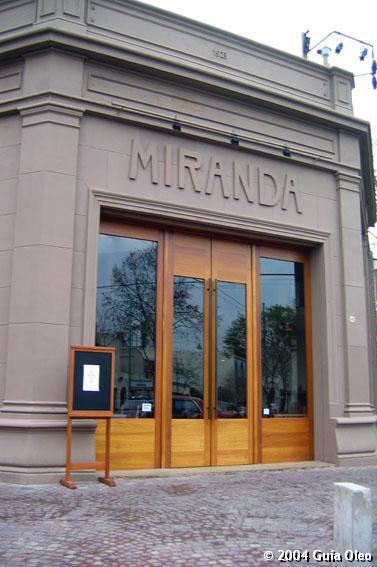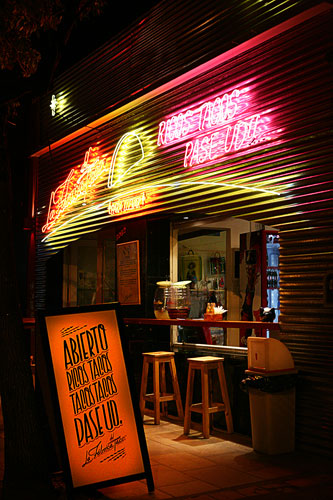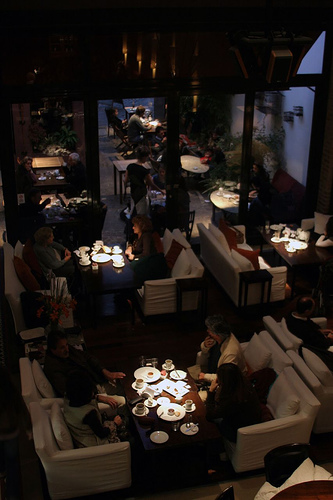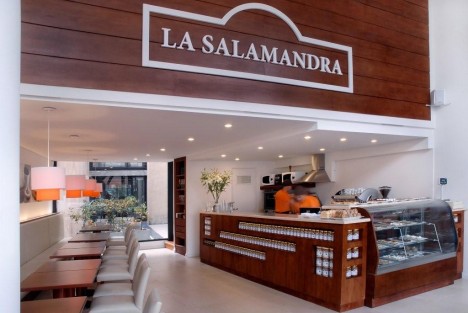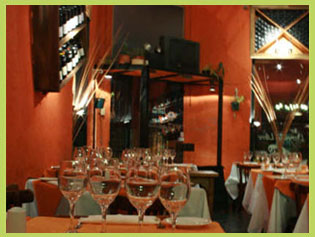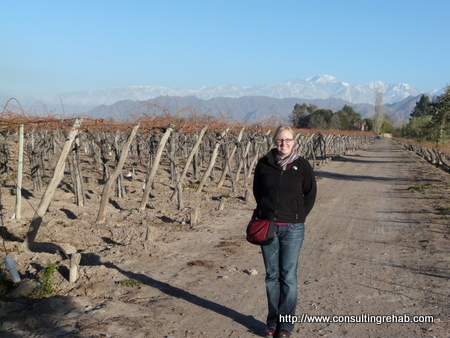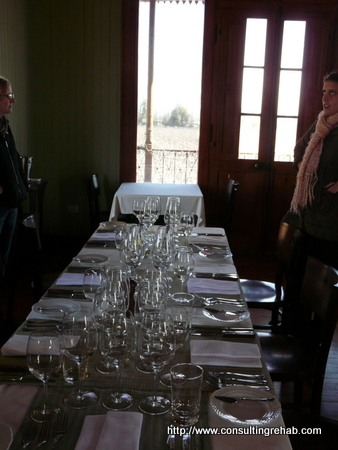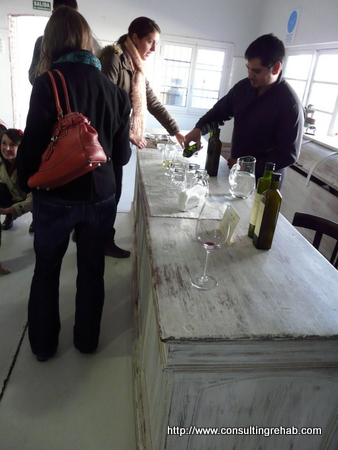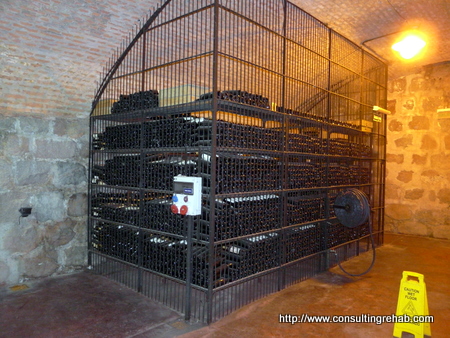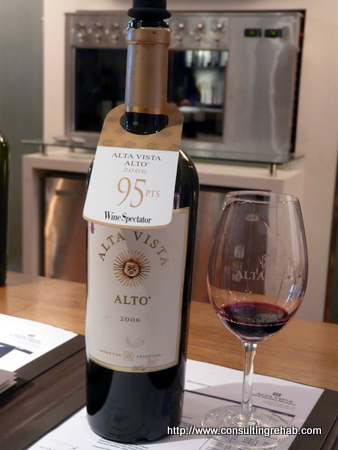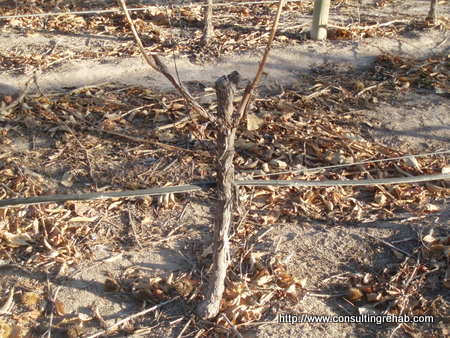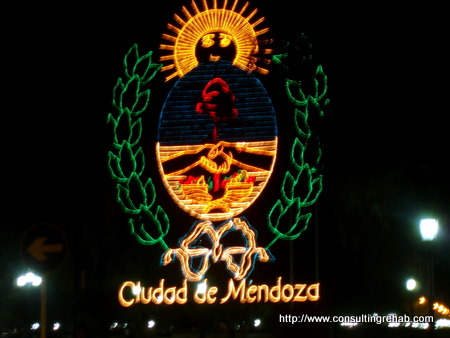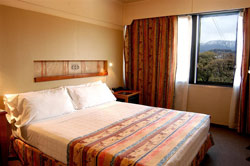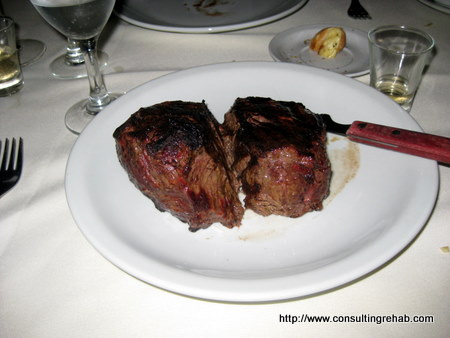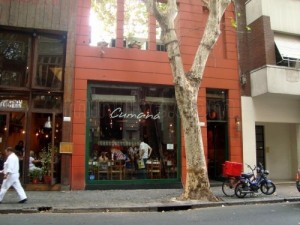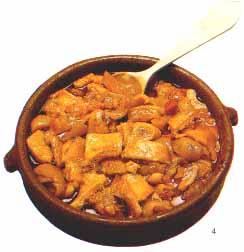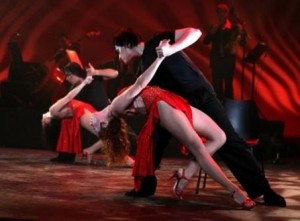2 cities enter. One city leaves.
Will it be Santiago, Chile – the home of enormous mayo covered hot dogs and some of the most impressive mountain views anywhere in the world?
or
Will it be Buenos Aires, Argentina -where you can (and more or less have to) eat steak 5+ times a week?
We spent 6 months researching–4.5 months in Buenos Aires and 1.5 months in Santiago–in an attempt to answer this frequently asked and extremely difficult question: If you’re headed to the Southern Cone, which of these 2 great cities should you prioritize?
Research wasn’t easy. We worked relentlessly day in and day out to try as many restaurants, go on as many day trips and explore as many on and off-the-beaten-path attractions as possible. We’ve also done an extensive wine comparison. I don’t know how we stayed motivated.
There are five high-level categories to this competition, each of which will be thoroughly analyzed in it’s own post with a winner declared:
- Food – Quality, diversity and overall dining experience
- Drink – For these countries, this one is mostly about the wine
- Livability – How easy would it be to live here as an expat
- Visit-ability – How fun are these places to visit
- People/Culture – What are the people and culture like and how open are they to foreigners
Obviously, much of this is very subjective and our opinions should be taken with a grain of salt. You may agree or disagree with our conclusions; our hope is to provide enough context such that you can draw your own conclusions based on your own preferences and priorities. Our other hope is that this series of posts becomes a useful reference so that next time someone asks us the question of which city to spend more time in we can just tell them to read this rather than rambling about it for an hour–sadly, the rambling will likely continue.
Let’s do this.
Today’s category is…
1. Food
We like food. We like food a lot. Trying authentic foreign cuisines is one of our very favorite things about travelling, so this category is a pretty important one in our minds. Let’s break it down:
Most crave-worthy: Winner – Buenos Aires
Buenos Aires: We’ve been back in the US for a few months now and we haven’t bothered eating steak. We know that it could never measure up to the Buenos Aires version that you can get at places like El Estrebe, Dada and a number of other stellar places (see our where to eat in BA post for recommendations). My mouth is watering just thinking about it. Beyond just the steak, we can’t forget the empanadas…. oh, the empanadas. The empanadas were unbelievable. Also, Provoleta is missed. We crave these things often and if/when we go back to visit BA, food will be one of the biggest reasons.
Santiago: It’s not that the food was bad in Santiago, it was actually pretty good. That said, we certainly don’t crave anything we had there. Food is not as core to the culture of Santiago as it is to Buenos Aires. It’s fine, but it’s unlikely to blow you away. However, if you are a fan of giant hot dogs, Santiago is the place for you.
Best food diversity: Winner – Santiago (by a landslide)
Buenos Aires: Virtually every restaurant in Buenos Aires has an identical menu. As we’ve written about previously, there are really only 5 types of food in Buenos Aires (steak, pizza, pasta, empanadas and Dulce de Leche). They do those 5 things quite well, but that’s pretty much all they do. If you head into some of the more touristy areas you can find a handful of foreign cuisine options, but not many. Despite the high quality, after a couple of weeks the monotony of eating the same thing every day does get to you.
Santiago: Santiago, on the other hand, is full of all kinds of different cuisines. Peruvian and Japanese are probably the two most common (and quite good), but we also had some of the best Indian food we’ve ever had, there are lots of Chinese restaurants (which the locals strongly suggest avoiding), Seafood, Italian, American, French, you name it. From a dining perspective, Santiago offers far more international options than Buenos Aires.
Best dining experience: Winner – Buenos Aires (if you have a few hours)
Buenos Aires: In BA, dining is definitely an experience–whether you want it to be or not. For dinner it is usually a 3+ hour experience. This is not (usually) the result of bad service, but rather is intentional. In BA, dining isn’t really about eating, it’s about being with your friends and family. Service is usually quite efficient and impressively formal up until they finish bringing your food; after that, you will have a very hard time tracking down your server to get your bill. This is by design. They would never want to give the impression that they were rushing you out and fully assume that you will spend another hour or 2 sitting around the table after you finish eating. That’s simply how it’s done. At first, this can be a bit unsettling for those of us from countries that tend to be in more of a rush. After you get used to it though (and assuming you are not in a hurry), it’s pretty awesome to allow yourself to fully experience a meal with your fellow diners.
Santiago: In Santiago, the dining experience was far more similar to what you would find in the US. Servers are interested in turning tables fairly quickly and in some cases may even clear your dishes and bring your check while you’re still chewing your last bite (update: we have it on good authority from someone who has spent much more time here than us that this is usually not the case and perhaps we were going to the wrong places. Either way though, they definitely value efficiency more in Santiago and meals were much quicker relative to BA) Great if you’re in a hurry, but otherwise nothing special. I’m sure there are exceptions, but even/especially the fancier places we tried were not that memorable.
Overall winner in the food category: Buenos Aires
Santiago is no slouch, but dining is core to the entire culture in Buenos Aires and as long as you eat meat and can handle the lack of diversity, they do it extremely well. So, if your single top priority in choosing between these two cities is food (and you like meat), you should definitely prioritize Buenos Aires.
As important as it is though, food is unlikely to be the only factor in your decision making process, so stay tuned for future posts to see which city wins in the remaining categories!
Do you agree or disagree? Let us know what you think!

